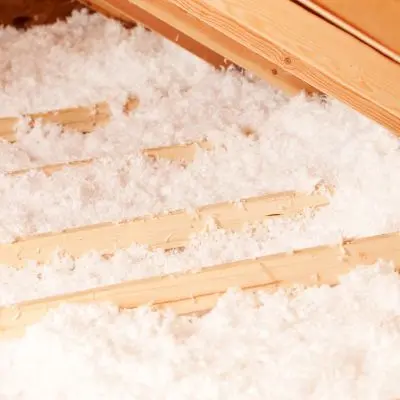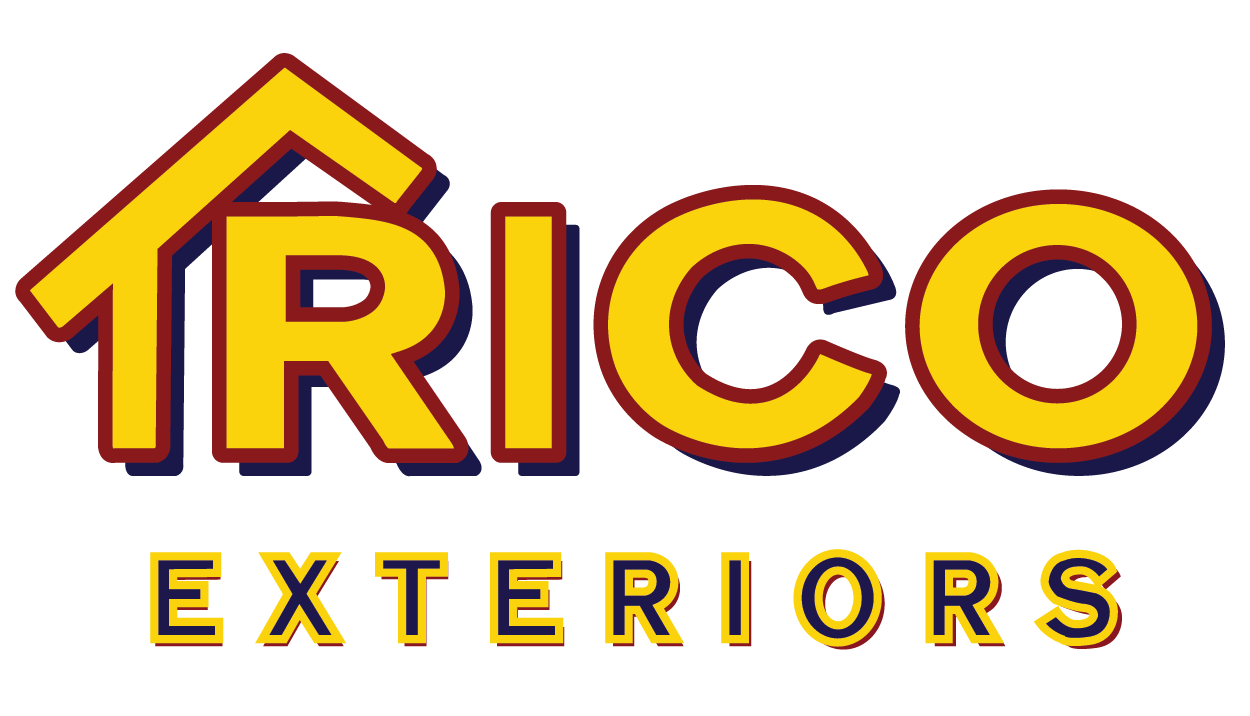
If you own a residential home and have been considering adding insulation to your attic, you may have asked yourself, “How much insulation do I need?” The answer to that question can be nuanced. Naturally, the answer depends on your existing insulation and whether it provides adequate protection for your home. Surprisingly, most homes lack sufficient insulation.
Few homeowners realize that the amount and type of insulation needed in their homes change over time. How is that possible? Insulation settles. Insulation also gradually loses effectiveness due to various contributing factors, such as moisture intrusion, pest infestation, and mold growth. Unfortunately, homeowners may not realize that the condition of the insulation worsened over time and has become less effective.

Understanding Insulation R-Value
R-value is the term used to describe the insulation level necessary in your home. Precisely, the R-value measures insulation’s capacity to resist heat traveling through it. The higher the R-value the better the insulation’s thermal performance.
R-value = (℉ x ft² x hours) ÷ BTUs
R- value is calculated by the temperature difference (in degrees Fahrenheit), multiplied by area (in square feet), multiplied by time, divided by heat loss in BTUs.

How Much Insulation Do I Need? 3 Factors To Consider
Sufficient home insulation reduces energy bills, or at least keeps them from increasing dramatically. It also acts as an effective sound barrier to keep unwanted noises outside, and controls moisture intrusion, by preventing outside moisture from entering the house’s interior spaces. When determining if your home has adequate insulation, evaluate these factors:
(1) Adequacy Of Existing Insulation
Home insulation requirements change over time. New homes in most regions require more, or higher R-value, insulation than the ones constructed in prior generations. Also, moisture intrusion can cause a home’s insulation to lose integrity. Moisture and mold break down fibers, but most homeowners aren’t aware that it happens.
(2) Age Of Home
The older the home, the more insulation settles and loses its usefulness. If it has been over ten years since insulation was installed, home improvement professionals recommend assessing insulation adequacy and performance. More likely than not, an additional insulation layer will be recommended to restore its corresponding R-value.
(3) Location/Climatic Region Of Home
Different locations have particular climates. Therefore, insulation needs will contrast across geographic regions. In cooler, northern zones, homes need insulation with a higher R-value. Conversely, in warmer, southern areas, homes do not require the same level of insulation. Thereby, these homes can utilize insulation with a lower R-value.


8 Signs Of Inadequate Insulation In Your Home
Homeowners should be aware of common explanations for insufficient insulation, including the following observations:
(1) Condensation Buildup Inside The Home
If insulation is lacking, a home may experience excess condensation forming on walls and ceilings. Consequently, this moisture accumulation will lead to mold, mildew, and other vegetative growth. Those issues can be difficult to remediate.
(2) Draftiness Inside The Home
When you feel an unexplained chill in the air, but you’re inside your home, you need to check your insulation. A home should not have any draftiness. Frequently, insufficient insulation contributes to a home’s draftiness.
(3) Energy Bills Increase Significantly During Winter
As the weather turns cooler, it is not unusual for your home to need energy consumption. However, utility bills should not jump dramatically. If they do, inadequate insulation might be the culprit.
(4) Frequent Fluctuations In Indoor Temperatures
Observing rapid changes in a home’s interior temperature is not normal. Indoor temperatures should not change 15 to 20 degrees or more on a given day. Sufficient insulation helps regulate a home’s inside climate.
(5) Frozen Pipes In Colder Weather
Insulation provides a significant barrier against freezing temperatures. Pipes freeze that much easier when insulation is lacking. Frozen pipes may burst suddenly and lead to untold water damage.
(6) Outside Noises Impede The Indoor Atmosphere
Blaring sirens. Honking horns. Barking dogs. Whirring lawnmowers. Don’t let outdoor sounds impact your home’s inside environment. Keep outside noises where they belong – outside. Adequate insulation provides an effective sound barrier.
(7) Pests Find A Way Into The Home
If you notice rodents, birds, or insects entering your home through the wall, ceiling, floor, attic, roof, or other points of entry, your insulation is likely compromised. In other words, these pests may be using your insulation to nest.
(8) Stuffiness Inside The Home
A home that can’t breathe may have an insulation problem. If your indoor spaces feel stuffy (and you notice a lack of proper air circulation or suffer from allergies), check your home’s insulation level to determine if it meets your needs.
Finding An Expert Insulation Installer
For homeowners in Charleston, SC, and surrounding areas, TriCo Exteriors offers unmatched insulation services. We capably assess a home’s current insulation situation to determine if needs exist. We routinely help homeowners achieve energy savings by utilizing blown-in insulation from leading insulation manufacturers such as CertainTeed. Trust TriCo Exteriors to offer long-lasting insulation solutions for your home. To learn more about our insulation services or to schedule a complimentary consultation, contact TriCo Exteriors today.
Contact Us



